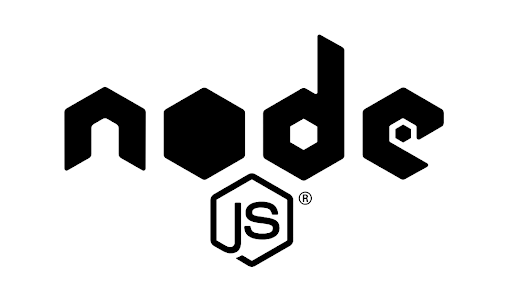Fantasy Cricket Strategy: Balancing Your Team with Star Players and Budget Picks
Fantasy cricket has become a popular way for fans to engage with the sport, offering a unique blend of strategy, knowledge, and luck. One of the most critical aspects of building a successful fantasy cricket team is finding the right balance between star players and budget picks. This balance can maximize your points while staying within budget constraints. Here we show some essential strategies to help you create a well-balanced fantasy cricket team.
The Importance of Star Players
Before we dive into how to select the best players for our fantasy cricket team, let’s understand the importance of star players. Star players, often the top performers in real-world cricket, are usually priced higher in fantasy cricket. These players have a track record of consistent performance and can be game-changers on your fantasy team. Here are some reasons why including star players is essential:
- Consistency: Star players are more likely to deliver consistent performances, ensuring a steady flow of points.
- High Impact: These players can make significant contributions, whether it’s scoring big runs, taking crucial wickets, or contributing in the field.
- Leadership Roles: Often captains or vice-captains of their teams, star players usually get more opportunities to influence the game.
However, while star players are crucial, they come with a hefty price tag, which limits the number you can include in your team without exceeding your budget.
The Role of Budget Picks
In the fantasy sports online contest, you get a budget, which you can use to create your playing 11. Smart use of it leads to a big win. You have to pick the ones who can bring in points and help you remain at the top of the scoreboard; sometimes, emerging players who are priced lower can be game changers who have the potential to provide high returns on investment. These players are essential for several reasons:
- Budget Management: Including budget picks allows you to allocate more funds to star players without exceeding your budget.
- Potential Upside: Young or lesser-known players can perform well and deliver high points at a lower cost.
- Flexibility: Budget picks offer flexibility in team composition, allowing you to experiment with different combinations and strategies.
Strategies for Balancing Star Players and Budget Picks
- Mix of Experience and Youth: Combine experienced star players with young, promising talents. Experienced players offer consistency, while young players bring potential upside.
- Evaluate Form and Fitness: Select players based on current form and fitness rather than reputation. A budget pick in excellent form can outperform a star player going through a rough patch.
- Analyze Match Conditions: Consider the pitch and weather conditions. Some budget players might perform exceptionally well on certain pitches, like spinners on a turning track or seamers on a green pitch.
- Leverage Team Roles: Identify players’ roles within their teams. A budget pick who consistently bowls in powerplays or death overs, or bats in crucial positions, can be more valuable than a star player in a less impactful role.
- Monitor Player Matchups: Research how players perform against specific opponents. Some budget picks might have a good record against certain teams, making them strategic choices.
- Use Transfers Wisely: Most fantasy platforms allow a limited number of transfers during a tournament. Use these transfers strategically to bring in in-form budget picks and replace underperforming star players.
- Captain and Vice-Captain Choices: Star players are often the best choices for captain and vice-captain due to their higher scoring potential. However, a well-performing budget pick can also be a strategic choice, especially in favorable conditions.
- Balance Risk and Reward: Don’t be afraid to take calculated risks with budget picks. The potential reward often outweighs the risk, especially if you’ve balanced your team well with reliable star players.
Final Note
Building a successful fantasy cricket team requires a strategic balance between star players and budget picks. Star players offer reliability and high scoring potential, while budget picks provide flexibility and potential for high returns. By mixing experience with emerging talent, evaluating current form, analyzing match conditions, and making smart transfer decisions, you can create a well-rounded team capable of topping the fantasy cricket leaderboards. Remember, the key is to stay informed, be adaptable, and enjoy the thrill of the game.
Check Next >https://www.neoadviser.com/3-things-to-do-after-winning-a-workers-compensation-case/





















